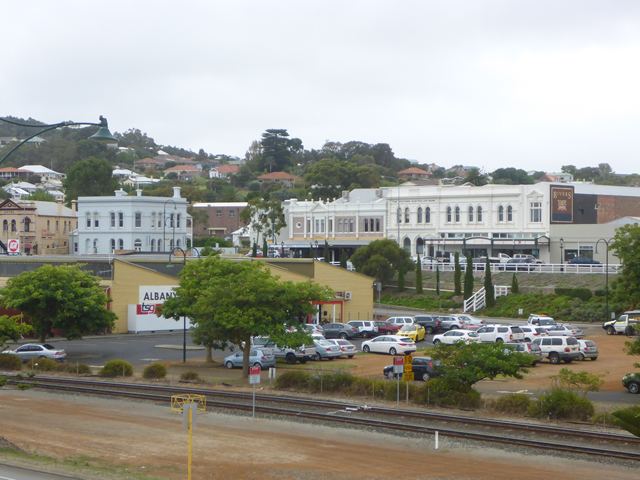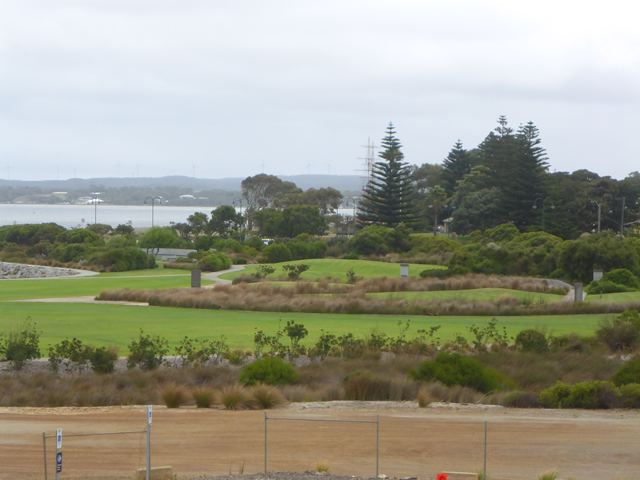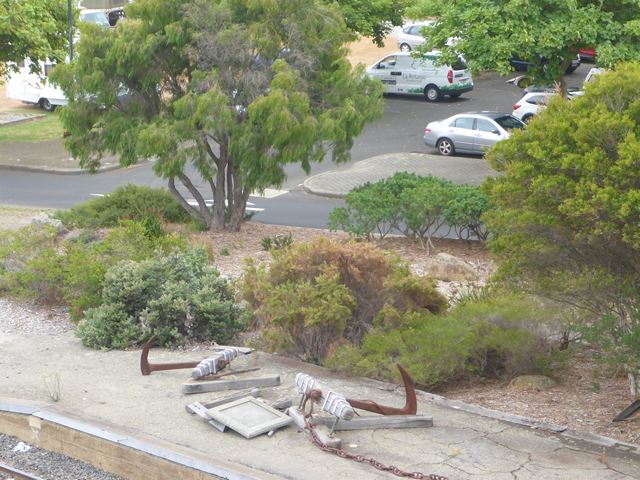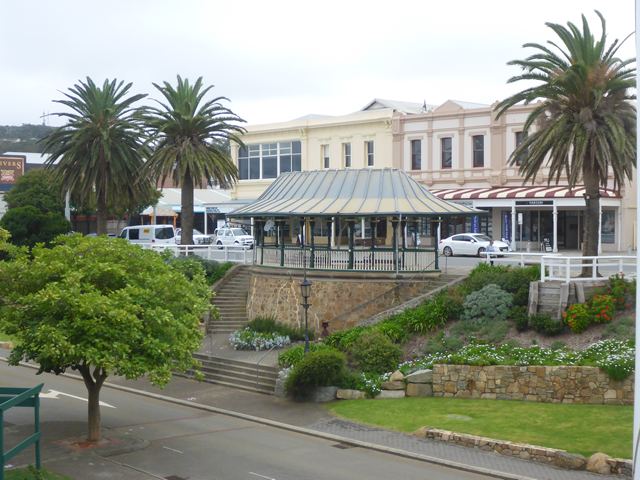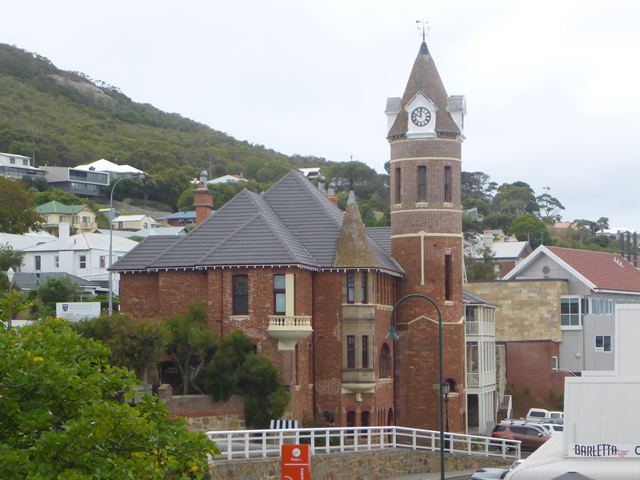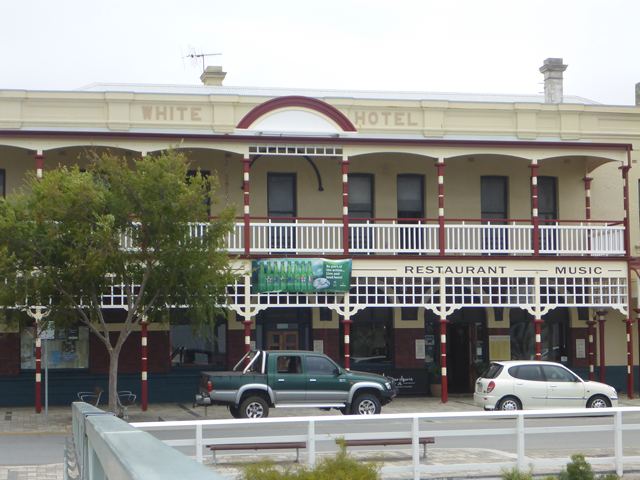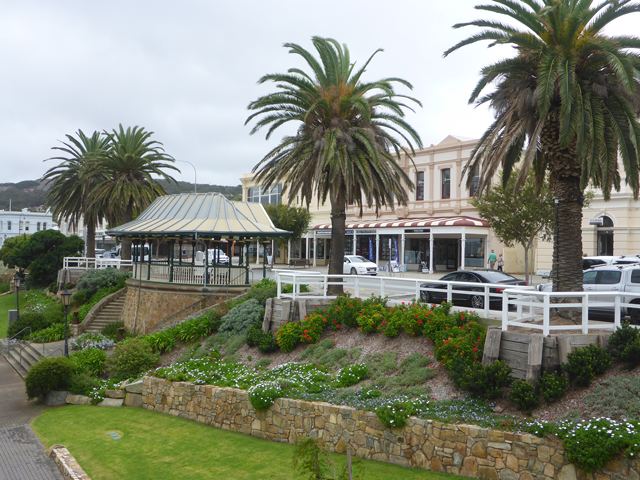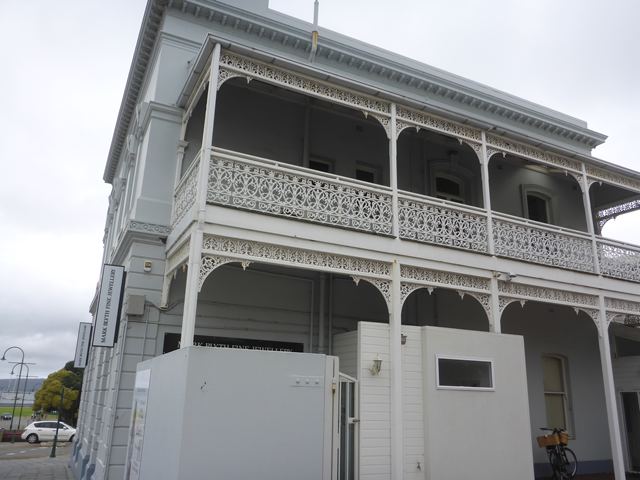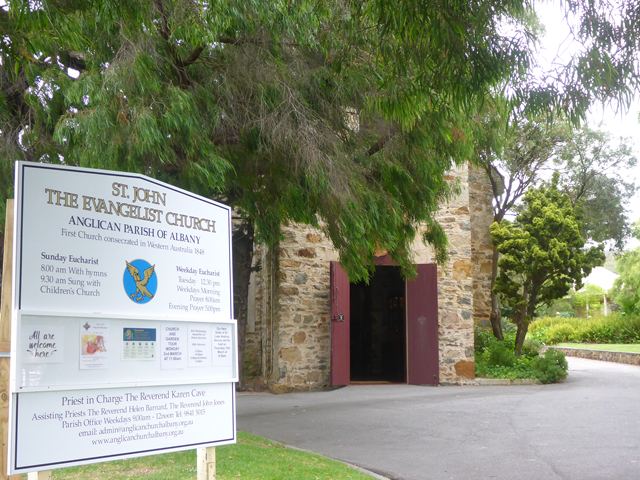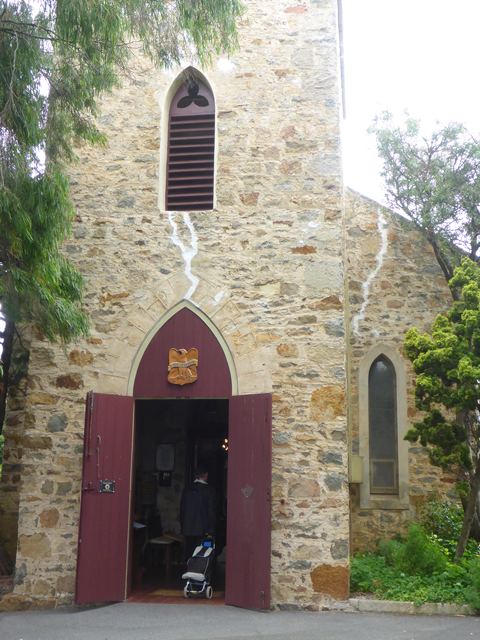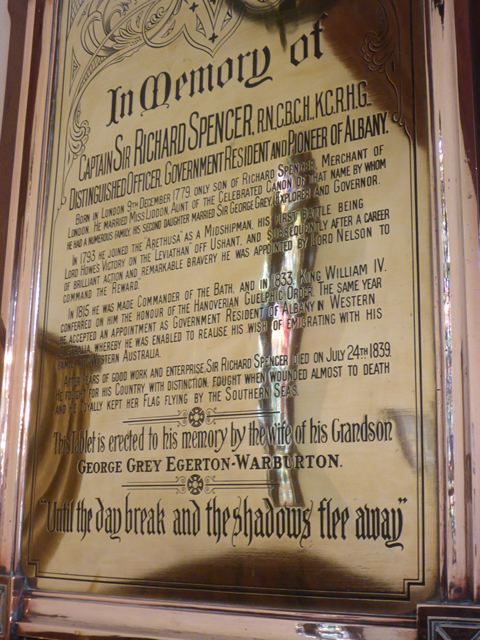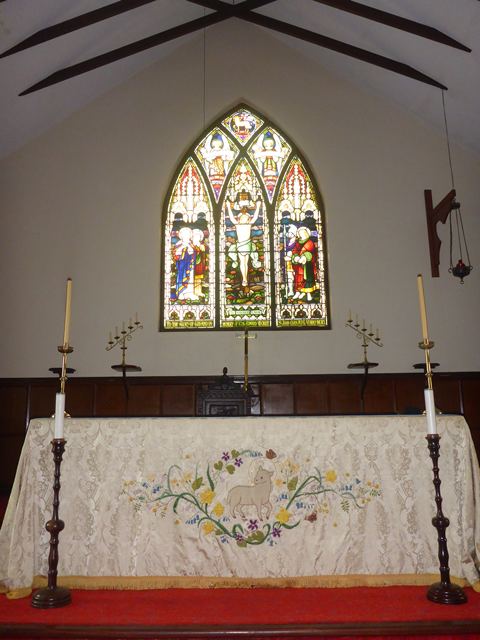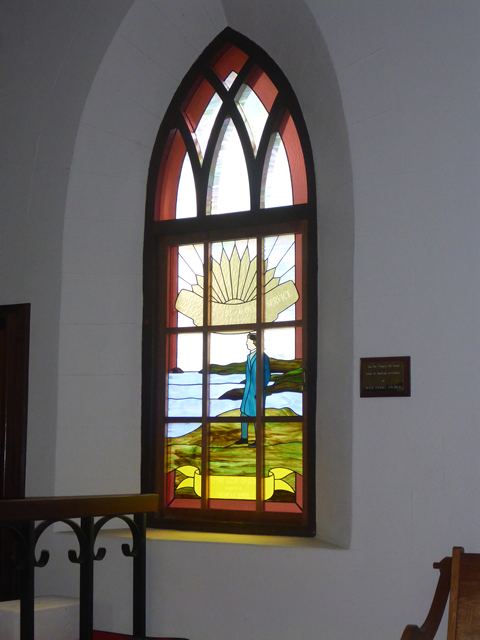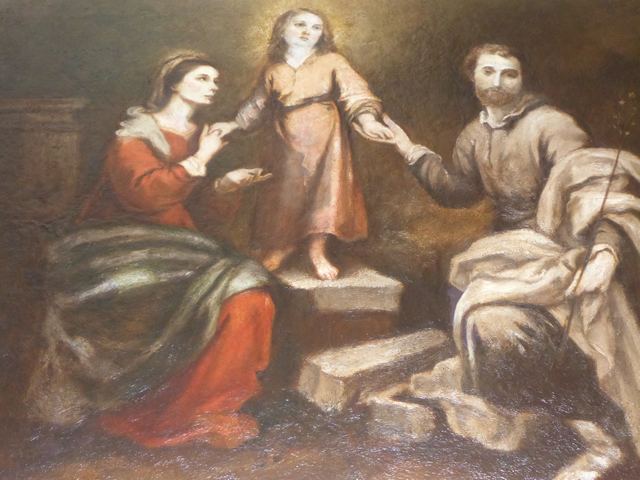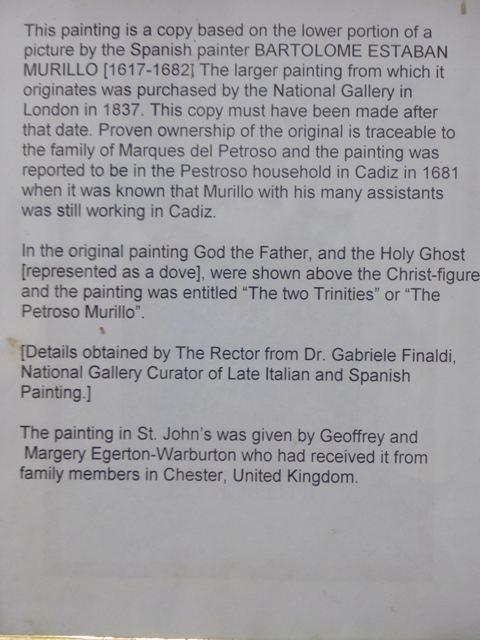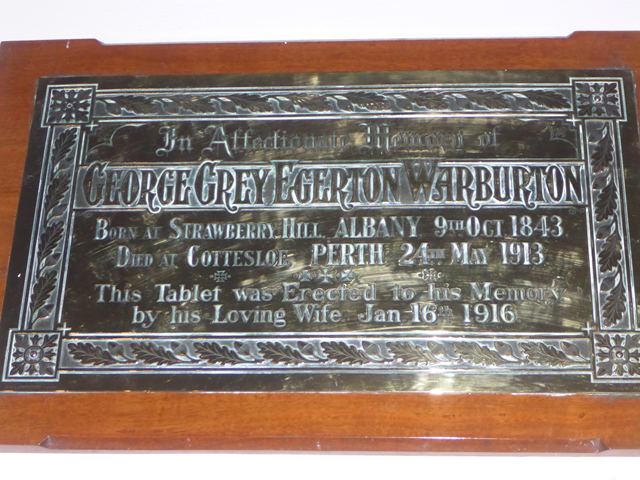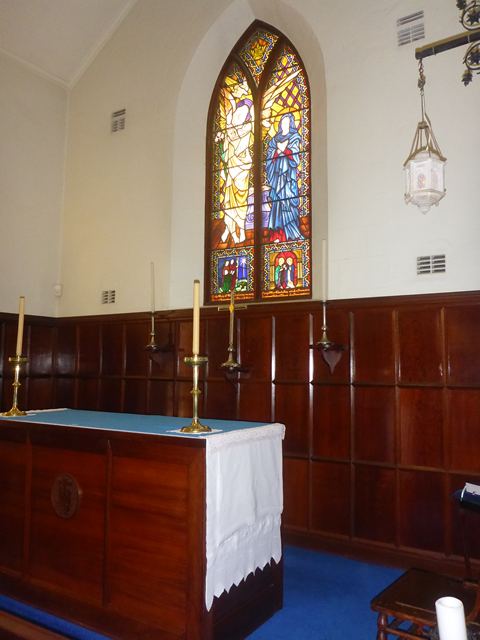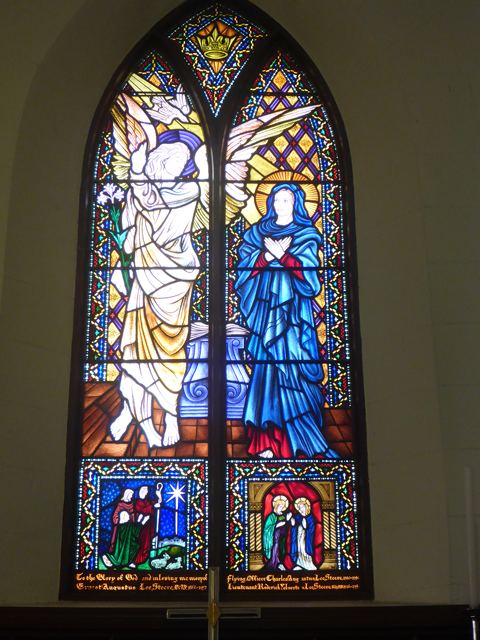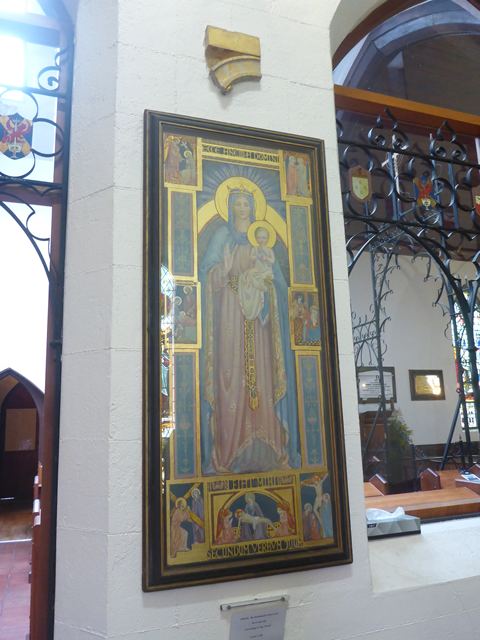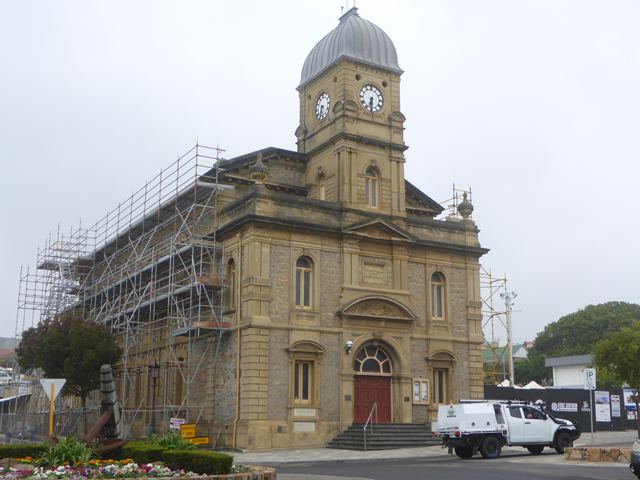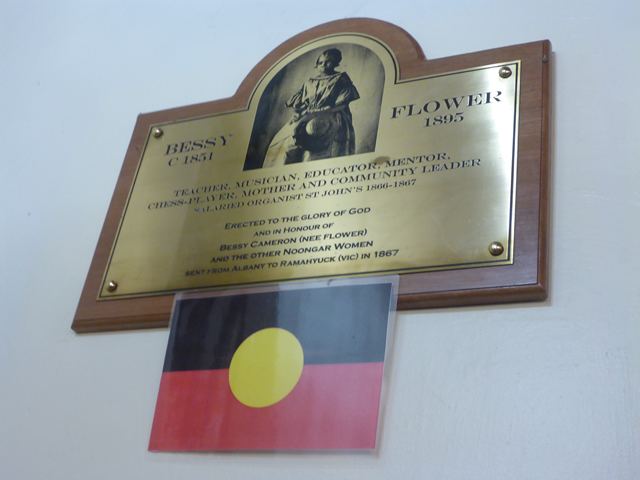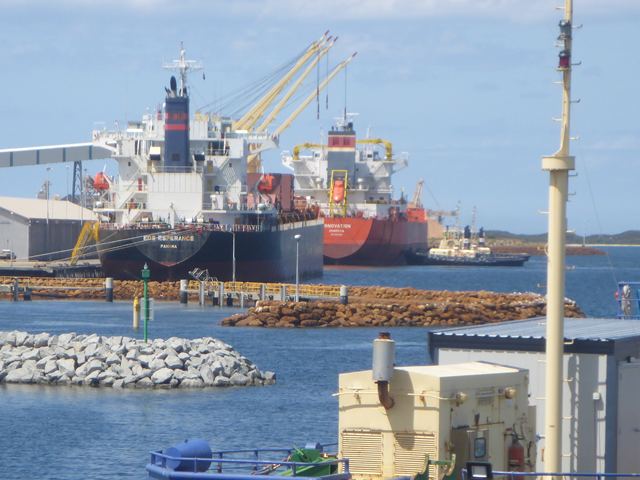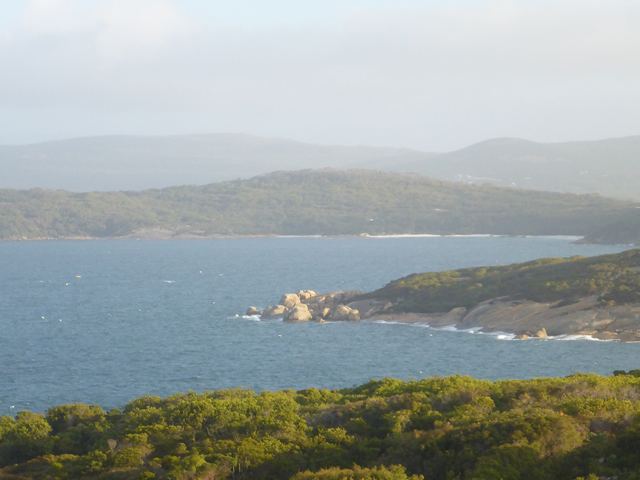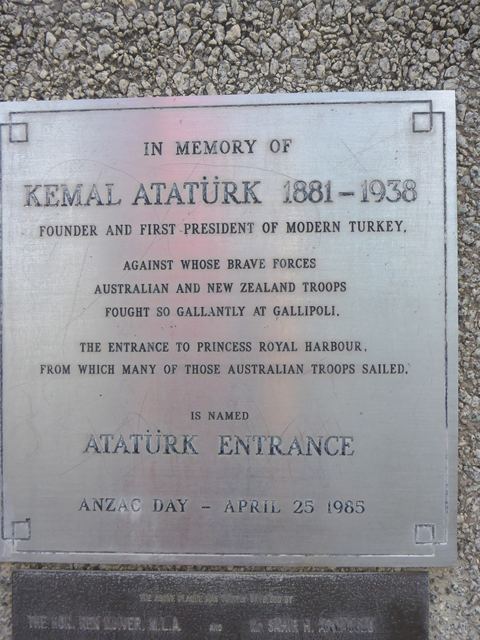2020 Aus Around and about Albany

|
Around and about Albany Most of the flat land infront of the town that you see beneath the bandstand and which runs along past the shipping docks towards the Ataturk Entrance provides an extensive area for commercial and recreational use and is on- growing as infill that started over 150 years ago. The harbour wall within which nestles the marina is an extension of what was once the main town jetty and included a railway line to deliver exports of grain and livestock. Today the railway line and town bypass run along the new infilled land and the photos you see are taken from the elevated walkway that delivers pedestrians safely from the shore-side to the raised terraces. It also provides excellent views for the photographer and you can see the art work on the grain silos, an imaginative cultural theme carried on over many silos in Western Australia. The big black boat shape you see on the right is the Princess Royal Entertainment Centre which helps keep Albany high up on the cultural scene and where we saw Archie Roach perform. You may wonder why I photographed two ships’ fisherman’s anchors. Well it was to show how effectively they work in weed. The wooden cross bar lies flat on the weed or sea bed which means the long, slim and curved hooks have no choice but to fall through the weed and poke into the sand beneath because they are at right angles to the cross bar. That is exactly what our Swarbrick anchor does, but as you know at 29kg we decided it was too heavy to use. Sometimes even the fishermans anchor does not work on very hard sand and up in the recherché area where we transited overnight to Woody Island, some fishermen have the flukes of their anchors sharpened to ease their way into hard sand. Zoonie’s location now is in the yard off Swarbrick Street, at number two (!) and Darren told us that the Swarbrick family used to live here but when they moved away one son followed his fishing interests while the other started an anchor making business, which is the origin of our beasty. So when arranging payment to Darren for Zoonie’s stay in his yard Rob showed him the anchor and asked if anyone might like to buy it. Darren’s eyes opened wide at the sight and said he might like to buy it himself. He has a lovely yacht and has been awaiting a weather window to go east for a holiday. Cutting a long story short he knocked the full asking price off the first bill and Zoonie now promises to float a little higher as a result. “I like a little contra-account myself.” Rob said. The red brick building with the round tower was the Post Office and is now part of the University and many of the old hotels now have quality shops, bars and restaurants on the ground floor. The sandstone building surrounded by scaffolding is the Town Hall which was filled to capacity and overflowing when, in 2013, many of Bessy Flower’s descendants arrived in Albany from Gippsland for a few days celebrating the publication of a book about her. This connection with the past, both in the form of preservation of the buildings and remembrance of past characters, not necessarily local, combine to make this a town with what appears to be a beating heart. There is nothing cloying or resentful of the modern ways, instead the old buildings are well maintained and in good use for modern needs. Judging by the popularity of Archie Roach, who filled the Arts venue, there are plenty of folk here too who recognise the ongoing injustices metered out to the first Australians and taking into account the state of the art Anzac Centre and the careful maintenance of all the World War memorials there is a strong feeling of appreciating the human cost of achieving today’s freedom for many. St John’s Anglican Church has set in place a roster of volunteers who keep the doors open for the busiest hours of each day and it was full of surprises for us. The curious Anglo Saxon style of the church was created from memory and the stone was carted by volunteers from nearby Mount Clarence, a real fusion of English art and local substance. It was the first church to be consecrated in Western Australia in 1848, three years before Bessy Flowers was born and the main bell was cast by Thos Meares, Whitechapel, London, who also cast Big Ben, Bow Bells and the bells of Westminster Abbey. And the English connection continues with the altar cloth embroidery showing the lamb presented by the Embroidery Guild of London. There are three sets of candlesticks in that photo and the pair that are at the back and fixed to the wooden panelling of the wall were donated to the church by a quietly spoken Spitfire Pilot and Wing Commander from WW2 who was grateful he returned to the peace and beauty of this place. He was very likely to have known my mother’s first fiancée, who at the age of only 21 himself trained young 17 year old lads to fly Spitfires and was in Number One Squadron. He was not as fortunate as this veteran though. The gentleman in the blue frock coat depicted in the stained glass window was Arthur Ernest White who was Rector of the Parish and instigated the first Anzac Day Dawn Service to be held in Australia. He served on the Western Front in WW1 and is looking over King George Sound from where on November 1st 1914 the first Convoy of troops left through the Ataturk Entrance for the war fields of Europe. The image was taken with a Brownie camera by a twelve year old girl. We wondered if Padre White was any relation to our White family. We really will trace our ancestry at some stage. We paid a second visit to the church because I wanted a better photo of Bessy Flower’s plaque and there we met two of the volunteers, Margaret Dickinson and Ian Watson. Ian was having fun with a lady visitor who wanted a go on the tubular bells, which were gifted to the church from St Mary’s on the Scilly Isles ten years ago and as these were ringing out over the town, while I enjoyed a long chat with Margaret in which she revealed she was not too happy about the Aboriginal Flag on Bessy’s plaque. “It just appeared one day and we thought ‘oh well’ and left it there.” She appreciated the fact that as organist she was following in Bessy’s footprints as accompanist for the congregation and so I hope her feelings on the flag were that it was not necessary because of the church’s seemingly open welcome to all-comers. In a subsequent chat I might have asked her what she meant.
|
